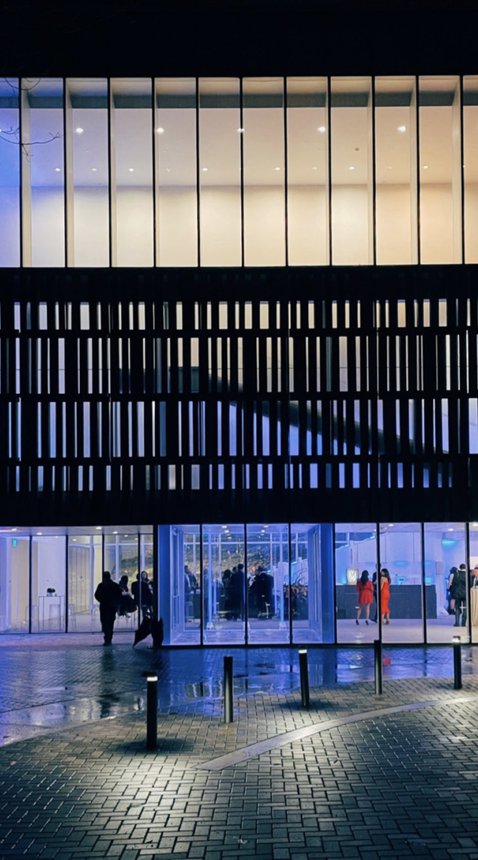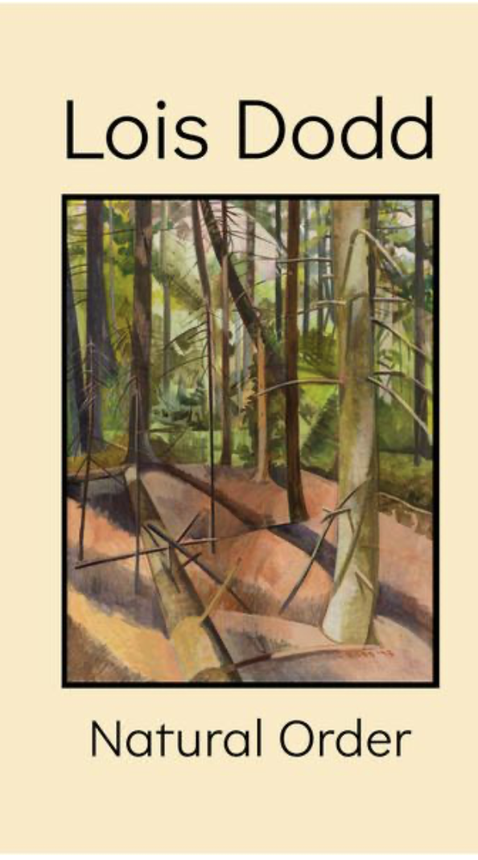This mud wasp nest is a very important part of Bruce Museum history. It was collected in Guyana in 1916 by early Bruce Museum Curator Paul Griswold Howes. Howes collected several nests on this expedition, some of which contained viable eggs that subsequently hatched back at the museum. One of the hatched wasps ended up in the Smithsonian. More than 50 years later it was re-examined and discovered to belong to a new species, which was named Trigonopsis howesi in honor of Howes. This intricate nest is made of a mix of mud and saliva, in which the adult Trigonopsis howesi seals a paralyzed insect or spider along with an egg, providing its offspring a grisly meal upon hatching.

Art Science Wonder
Where Science is Alive and Art Inspires

About the bruce
Our history, our people and more

Our gift shop, online
Coming Soon!